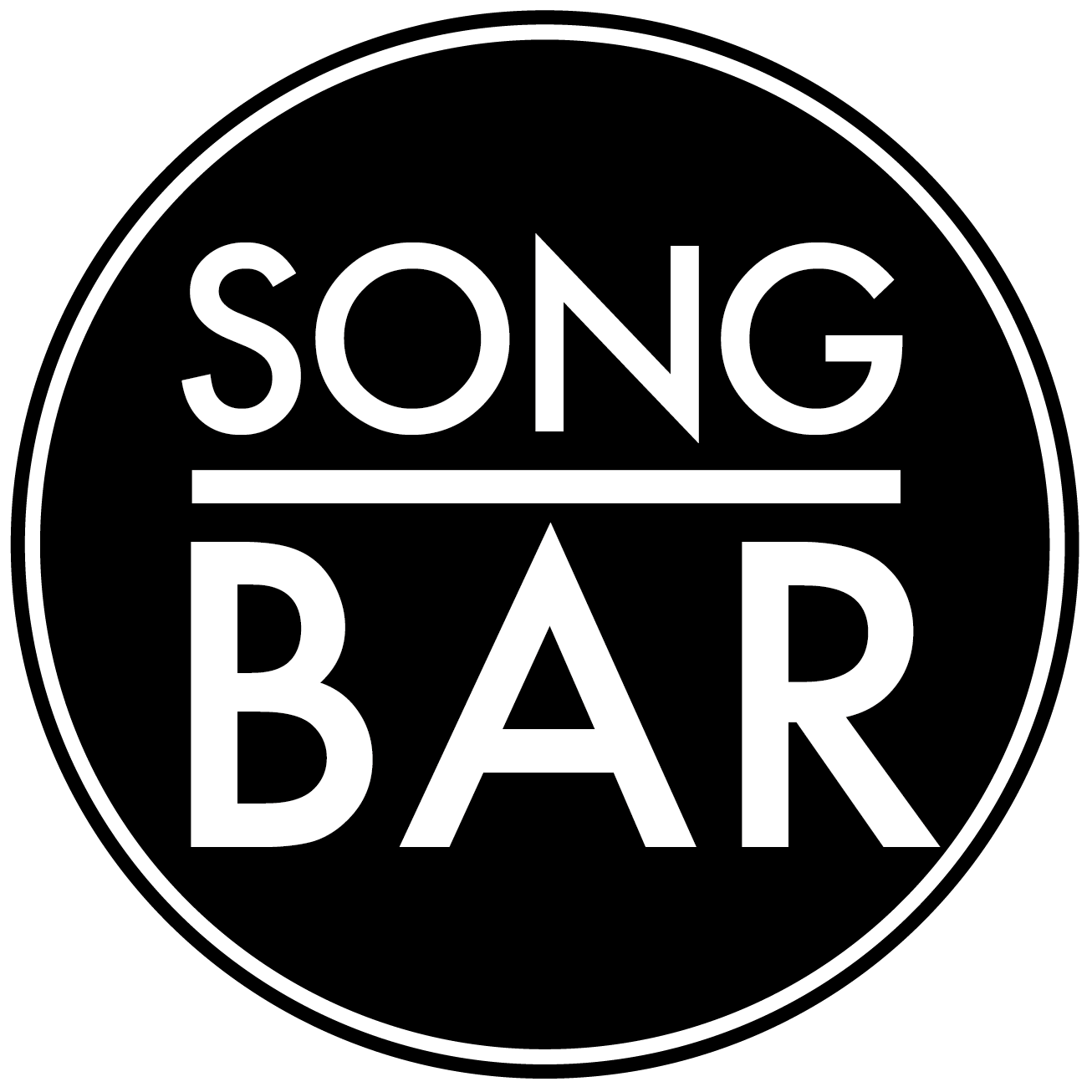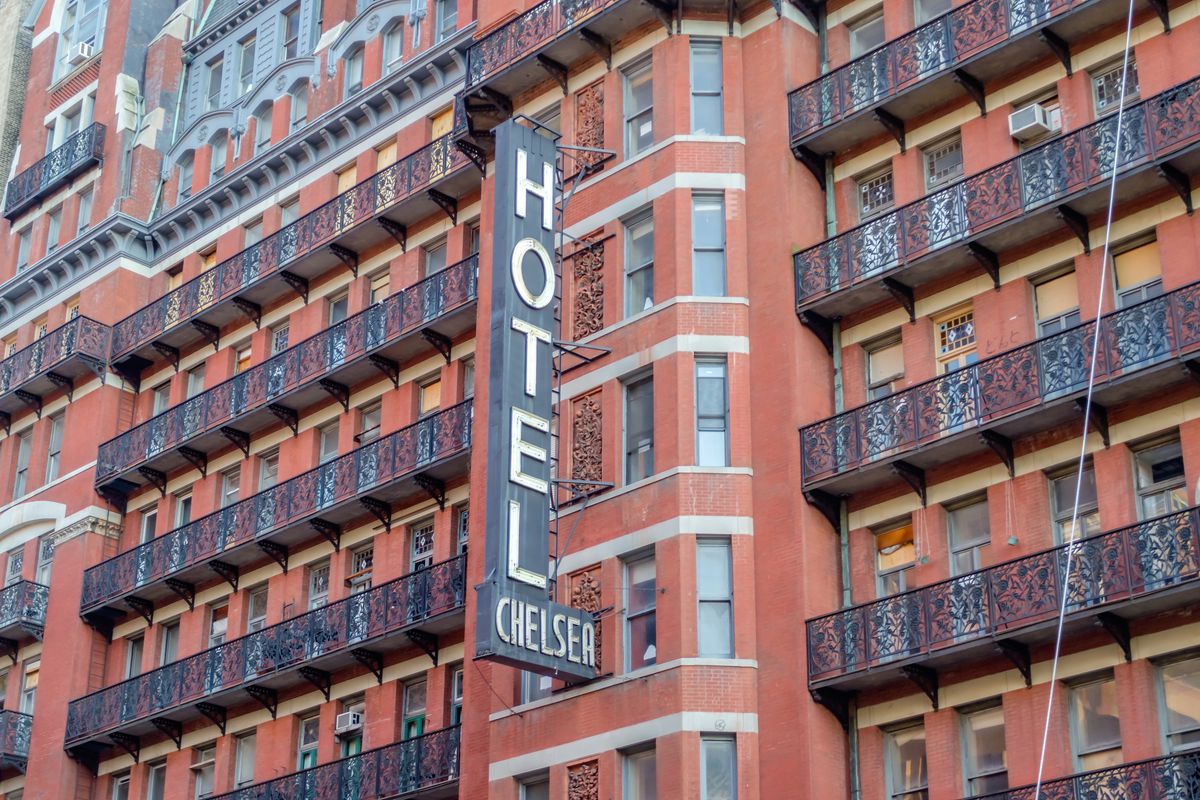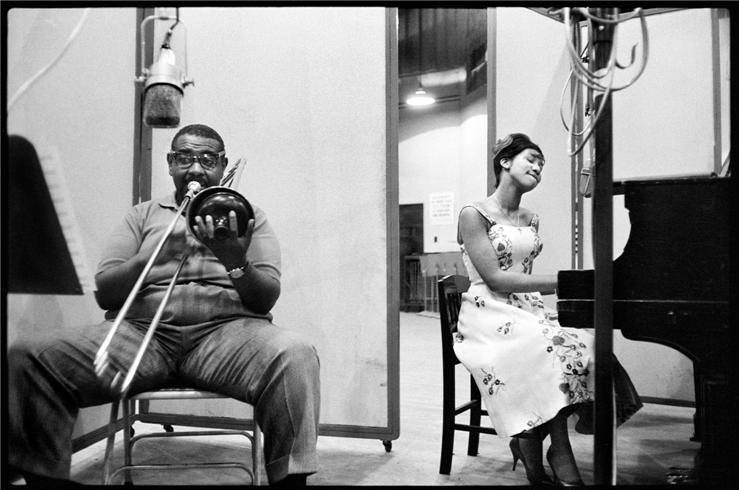By The Landlord
“The city seen from the Queensboro Bridge is always the city seen for the first time, in its first wild promise of all the mystery and the beauty in the world.” – F. Scott Fitzgerald, The Great Gatsby
"Dear New York I hope you're doing well
I know a lot's happened and you've been through hell
So, we give thanks for providing a home
Through your gates at Ellis Island we passed in droves
From the South South Bronx on out to Queens Bridge
From Hollis Queens right down to Bay Ridge
From Castle Hill to the Lower East Side
From 1010 WINS to Live At Five
Dear New York this is a love letter
To you and how you brought us together
We can’t say enough about all you do
’Cause in the city we’re ourselves and electric too
Brooklyn, Bronx, Queens and Staten
From the Battery to the top of Manhattan
Asian, Middle-Eastern and Latin
Black, White, New York you make it happen." – Beastie Boys, Love Letter to NYC
"New York, I love you
But you’re bringing me down.
Like a death of the heart
Jesus, where do I start?
But you’re still the one pool
Where I’d happily drown." – James Murphy, LCD Soundsystem
"New York is a different country. Maybe it ought to have a separate government. Everybody thinks differently, they just don’t know what the hell the rest of the United States is." – Henry Ford
"Hurry, get on, now it’s coming
Listen to those rails a-humming
All aboard, get on the “A” train
Soon you will be on Sugar Hill in Harlem." – Duke Ellington, Take The A Train
New York subway, 1940s, by Warren Evans
From a 1,000ft-thick ice-sheet in 11,000BC to a vertical skyscraper island, from European landings and British naming after northern English city, from knife-fight immigration to cutting-edge of culture, media, finance and creativity, New York, the most densely populated of all the United States, is all of the world in one city, one throbbing, welcoming, overwhelming metropolis of five boroughs.
It's a city of struggles, hopes, humour, romance, hard work, violence, but never silence. From the dreams of arriving, finding and trying to make something of yourself, from the Statue to Liberty, from Staten Island, from Brooklyn, from Queens to The Bronx, and of course to Manhattan, it's place so familiar in the global consciousness, visiting or living there is liking stepping out on to a film set. It feels almost impossible to say anything new about it, but then somehow in this mad, marvellous melting pot, you always find something. And this week of course, our focus is that it's an infinite source of music. So where do we start, and where is the emphasis?
Songs and instrumentals from New York City can be interpreted broadly, as by artists who came from, or created their work there, who collaborated or recorded there, but above all they should capture the culture, style and spirit of the place. And of course there are plenty of lyrics about NY, but this week let's also find instrumentals - music that expresses city in all of its car horn-blowing, noisily shouting, big-building hustle-bustle glory. This week half of the A-list will indeed be instrumentals with that aim in mind.
Hitting the heights. Lunch atop a Skyscraper, published in the New York Herald-Tribune, Oct. 2 1932
So to find inspiration let's take a brief tour of some of the city's musical landmarks, just some of thousands of places where artists found inspiration, made, or left their mark. We can take a stroll, take the underground, or as David Byrne does, ride a bike.
George Gershwin
We could start with Tin Pan Alley, or at least the site of it, the centre point of musical publishing in the late 19th and early 20th centuries, where George Gershwin arrived and wrote so many masterpieces, the area of West 28th Street between Fifth and Sixth Avenues in the Flower District of Manhattan; where there is a plaque on the sidewalk on 28th Street between Broadway and Sixth. And if you’re already around Broadway of course, 42nd street, all romance of the musicals, and there’s plenty more besides. There’s the Brill Building, 1619 Broadway (at 49th Street), where so many great 1960s songs were written by the likes of Carole King and Gerry Goffin, Neil Diamond, Sonny Bono and Paul Simon.
Radio City Music Hall
Or fancy some twisting? Then this is where those moves were being made at The Peppermint Lounge club on128 West 45th Street. And of all clubs, Studio 54 on 254 West 54th Street, where in the late 70s anyone who was anyone went, and queued. Cocaine, costumes and sex, you can almost smell the sweat.
Want to go to Chelsea? Then there’s the Chelsea Hotel of course. Hangout and inspiration for Ginsberg, Jack Kerouac, Mark Twain, William Burroughs, Jane Fonda, Andy Warhol, Joni Mitchell, Janis Joplin, the Grateful Dead, Jimi Hendrix. Lou Reed, and of course for some considerable time, Sid Vicious. It’s the inspiration for Leonard Cohen’s famous song, and also where Bob Dylan hid away in room 211 writing Sad Eyed Lady of the Lowlands. Then there’s Joni Mitchell’s apartment at 41 West 16th Street where she wrote Chelsea Morning.
Chelsea Hotel
There’s 267 West 23rd Street where Mothers stood, the gay club that hosted Blondie, the Ramones, and Talking Heads. There’s that shining light of the 1980s club scene, The Limelight on 47 West 20th Street, or Danceteria on 30 West 21st Street where Madonna began her career, before later making an early trip to the Hacienda in Manchester in the mid-80s. Around this time The Smiths did the reverse, making their first New York appearance here. And Madge was hanging out with the likes of Jean-Michel Basquiat, Keith Haring, Cyndi Lauper, and the B-52s.
Don’t forget the Dolls …
Go further back and there’s Max’s Kansas City at 213 Park Avenue South, more a hotspot for the late 60s and early 70s, the scene of the Stones, Iggy Pop, Jim Morrison and many famous artists, from Andy Warhol to Robert Mapplethorpe, and Debbie Harry did a waitressing job.
In that same decade, The Palladium on 126 East 14th Street. It was originally the Academy of Music, a venue for the Clash, the Stones too, Frank Zappa. Or looking for something even more outlandish? At St Marks Place, here’s the site of the Bridge Theater Yoko Ono, attended by John Lennon of course, created her ‘happenings’, and before that, Warhol’s first venue for an art happening which featured music by the Velvet Underground. It became a market place for punk clothing for all those later stars of the decade. Later on it was the site of the apartment where the band Dee-Lite lived.
Further away John and Yoko lived at The Dakota, 1 West 72nd Street from 1973 until John’s murder in December 1980 in the entranceway to the Dakota. Yoko is still there. And the Lennon memorial is of course Strawberry Fields, the landscaped gardens. on the west side of Central Park between 71st and 74th St.
New York lover John Lennon
Let’s move on now to The Fillmore East at 105 2nd Avenue where from 1968 to 1971 Led Zeppelin and Jimi Hendrix played. But what was the inspiration for the cover of Led Zep’s album Physical Grafitti? 96-98 St Mark’s Place, East Village.
And if you’re looking the site of another iconic album cover, Jones Street at West 4th Street, Greenwich Village is where The Freewheelin’ Bob Dylan was shot, with Bob huddled close to his girlfriend Suze Rotolo.
But let’s go back to The Fillmore East, because in in the 1980s it became the Saint, centre point of the gay dance scene and there’s a great mosaic on the traffic light pole on the corner.
Another great memorial? Joe Strummer Memorial Mural on 132 East 7th Street.
Gabba Gabba Hey!
And while we’re at it, let’s visit Corner of Bowery and East 2nd Street, where there’s an apartment block named Joey Ramone Place, where he lived with Dee Dee. And of course one of the most famous clubs of all, at 315 Bowery, CBGBs, or to to give its full name CBGB OMFUG (Country Blue Grass Blues/Other Music for Uplifting Gormandizers) - Ramones, Blondie, Television, Talking Heads and much more, sweat dripping from the ceiling and terrible toilets. Like many venues I’ve visited.
CBGBs
Another great venue which hosted all kinds of artists from 1970 to 2004: The Bottom Line at West 4th Street, everyone from Bruce Springsteen to Todd Rundgren, Linda Ronstadt, the Police, Neil Young, Prince, Hall & Oates, and Dolly Parton. That’s a broad taste! Bleeker Street is another eclectic gem.
Beat poetry? Well, then there’s Gaslight Café on 116 MacDougal Street, where audiences in the 1960s apparently snapped their fingers instead of clapped, Café Wha? next door at 115 MacDougal Street was a cradle Springsteen and Dylan alongside other poets and folk singers, but also standup comedians such as Richard Pryor, Woody Allen, and Lenny Bruce.
Aretha Franklin in, Harlem, New York, 1960
But perhaps the greatest venue is the Apollo, way over in Harlem, on 253 West 125th Street. It opened in 1914. It hosted Amateur Night contests in 1934, and is the hottest birthplace for black music of all kinds in New York, from jazz to soul, pop to R&B, where the Jackson 5, Ella Fitzgerald, Sarah Vaughan, Billie Holiday, Sammy Davis Jr., Gladys Knight, Luther Vandross, and Lauryn Hill all began, and James Brown’s performances were some of the most feverishly exciting of all time.
I’m barely scratching the surface here. As the director Milos Forman put it: “I get out of the taxi and it's probably the only city which in reality looks better than on the postcards, New York.”
How do you capture the city in a visual work? “One can't paint New York as it is, but rather as it is felt,” said Georgia O’Keeffe. Perhaps that’s because it is a city always on the move. “When it’s three o’ clock in New York, it’s still 1938 in London, said Bette Midler. And John Updike meanwhile commented that “the true New Yorker secretly believes that people living anywhere else have to be, in some sense, kidding.”
Perhaps then, appropriately enough New York has been captured best in films. It is indeed a film set, and there are so many to choose from. Woody Allen’s entire opus is an obvious example, but here are some others that capture all walks of life aside from the witty, urbane Manhattenite.
For seeing all walks of life from the point of a Yellow taxi, what could be better than Robert De Niro in Martin Scorsese’s Taxi Driver?
Or the pathos of Jon Voight and Dustin Hoffman, the two likeable, unlikely friends in Midnight Cowboy, one a handsome Texan with sexual ambitions with hopes dashed, the other a cynical, crippled conman. Both see best and worst of city in which they only want to seek their fortune?
How about Al Pacino in Dog Day Afternoon, the unlikely, but likeable true story of bankrobber in a bigger portrayal of working people in stressful scenario in Brooklyn:
Or finally, another 1970s classic, The Warriors, a gang fantasy adventure, with all kinds of young actors from different backgrounds, chasing right across the city and ending up at Coney Island.
And there’s so much more. But now it is time to turn to this week’s King of New York, author of this whole NY idea, and also resident in the city, who heroically is returning for a second helping after manning last week’s topic of songs about ambiguity - it’s magicman! Last orders are at 11pm UK time on Monday, for playlists published on Wednesday. It’s a very Big Apple indeed. Now take a bite.
Ready to rock?
New to comment? It is quick and easy. You just need to login to Disqus once. All is explained i in About/FAQs ...
Fancy a turn behind the pumps at The Song Bar? Care to choose a playlist from songs nominated and write something about it? Then feel free to contact The Song Bar here, or try the usual email address. Also please follow us social media: Song Bar Twitter, Song Bar Facebook. Song Bar YouTube. Subscribe, follow and share.












